From the January 2023 issue of Apollo. Preview and subscribe here.
Few artists have had the nerve to make a living monarch look so unbecoming as Lucian Freud did in Her Majesty The Queen. The late Queen Elizabeth II did not say whether she liked her portrait, finished in 2001; she ‘seemed very pleased’, Freud told his biographer, William Feaver. Whatever the Queen’s own feelings, disapproval was expressed on her behalf by the tabloids, which deemed the portrait an insult to the Queen’s dignity: ‘It’s a Travesty, Your Majesty’, ran the front page of the Sun. Much was made of what looked like five-o’-clock shadow on the monarch’s chin. But while Freud may not have done her any favours aesthetically, he paid tribute in the painting to something arguably more important – her power. So many of Freud’s female subjects look submissive, or at least lost in thought. This one returns our gaze pugnaciously, her dark eyes almost entirely void of detail; if you didn’t know it was the Queen, you might think she was about to unload a volley of expletives. She looks like a bruiser. It might be Freud’s most complimentary work.
It is one of several examples in ‘Lucian Freud: New Perspectives’ of what the exhibition’s organisers call ‘paintings of power’. The subjects of similar works are invariably men: Baron Thyssen-Bornemisza and Lord Rothschild, for instance. They are shown seated and clothed, on large canvases; the Baron’s hands grip his thighs like octopuses on a rock. Part of the exhibition’s aim, in being held at the National Gallery, is to show Freud’s work in an international, art-historical context. This is Freud in his rightful milieu, for in many ways he was an anachronism – a court painter transported to the age of abstraction. Not long after reading that such portraits ‘draw on the iconography of power’ established in the Renaissance by such works as Raphael’s portrait of Pope Julius II, visitors can exit the exhibition and walk to that very painting elsewhere in the gallery. Similarly, Freud’s anxiety-inducing portraits of his early girlfriends – Woman with a Tulip and Woman with a Daffodil (both 1945), say – clearly have roots in such paintings as Holbein’s A Lady with a Squirrel and a Starling (c. 1526–28), also hanging in the gallery.
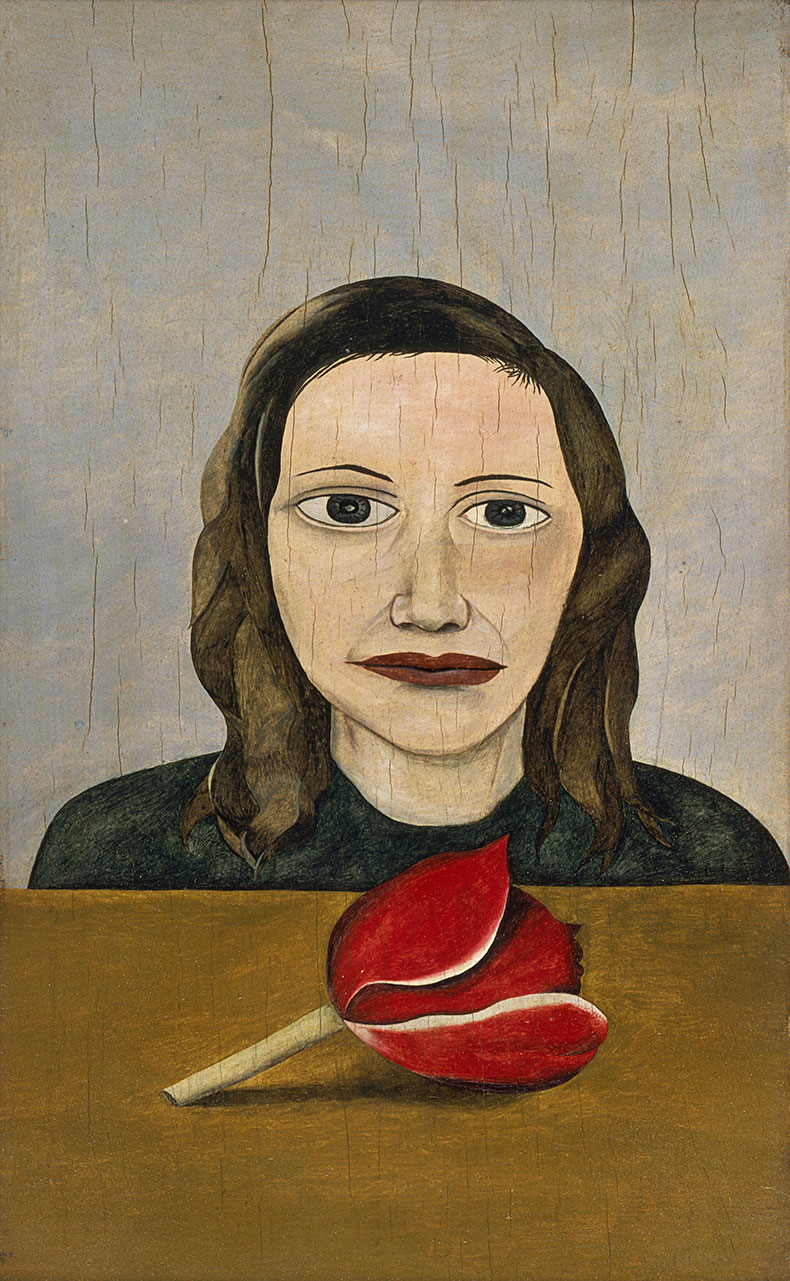
Woman with a Tulip (1945), Lucian Freud. Private collection. Photo: © The Lucian Freud Archive. All Rights Reserved 2022/Bridgeman Images
‘New Perspectives’ is the largest of several exhibitions in London that coincide with the centenary of Freud’s birth in 1922. Containing more than 60 works, organised chronologically, it allows us to see clearly the stages of Freud’s stylistic evolution. The first room contains a rogueish-looking portrait of Cedric Morris, who taught him in Suffolk in 1939–42, though it was Europeans such as Soutine and Modigliani, as much as Morris, who influenced his assiduously naïve early work. Soon his gaze, and his marks, sharpened, and he began producing those exacting portraits of wide-eyed lovers and a series of forensic studies of plant matter and dead animals, such as Dead Heron (1945) and Dead Cock’s Head (1951).
As Freud grew older, his art became more generous. His brushstrokes were looser; he began to stand up while painting; the women looked less alarmed. Freud captures the artist John Minton in 1952, five years before he killed himself: it is an unbelievably sad picture that acknowledges, as the earliest works do not, the reality of a being entirely separate from the artist. Nicholas Penny contributes an entertaining memoir of Freud for the catalogue in which he states that Girl with Beret (1951–52), not in the exhibition, is ‘one of the most magnetic portraits of modern times’. I would argue that the description is fulfilled by one that is, A Woman Painter (1956–57). Here is that textured, recognisably Freudian flesh at last, achieved with the curled bristles of the newly wielded hog’s-hair brush.
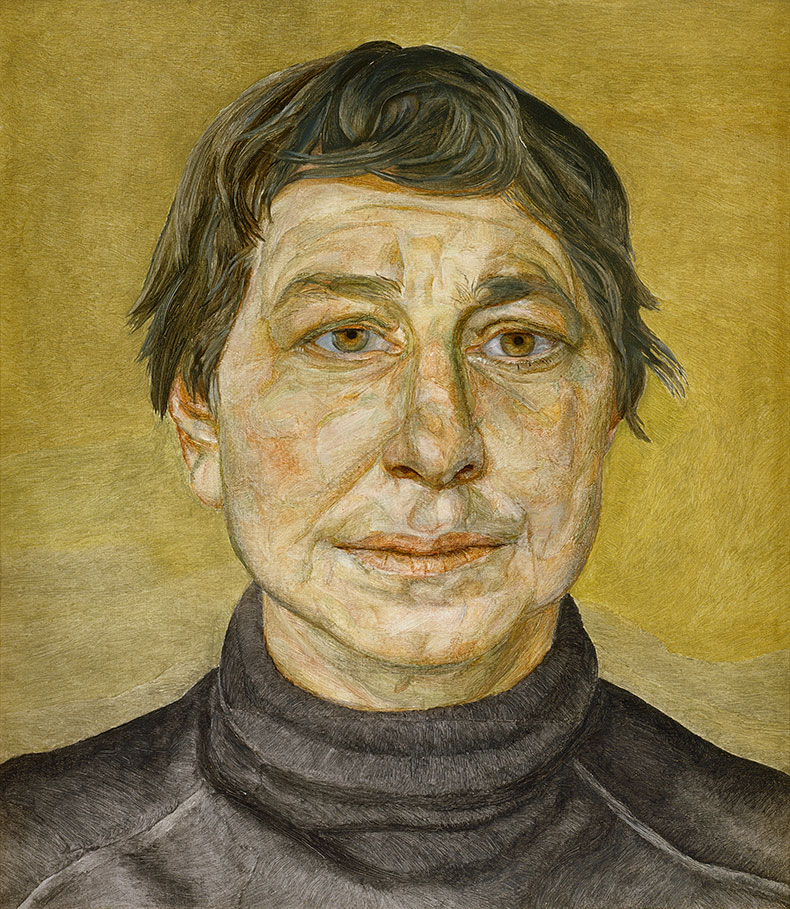
A Woman Painter (1954), Lucian Freud. Private collection. © The Lucian Freud Archive. All Rights Reserved 2022/Bridgeman Images
The following decades produced some of Freud’s most conventionally tender works, from Man in a Blue Shirt in 1965, his portrait of Francis Bacon’s lover George Dyer, to Double Portrait in 1985–86, in which a dog rests its snout on the open palm of Freud’s sleeping daughter. Thereafter the exhibition moves into the final chapter of what, for the organisers, is the overarching story of Freud’s artistic career: the increasing emphasis on paint as flesh. The scale became grander, the layers of impastoed paint thicker and more friable – something hard to appreciate from reproductions. The last room is dominated by large pictures of large people. It’s easier to be awed by, rather than to love, these monumental works. In contrast to the painstakingly achieved earlier paintings, some show signs of clumsiness. But the ambition cannot be denied.
It’s a highly absorbing survey which contains at least a dozen paintings that could be admired for half a morning each. It’s hard not to wish, however, that it had drawn more attention to the diversity of Freud’s work: he didn’t only paint humans. At ‘Lucian Freud: Plant Portraits’ (the Garden Museum, until 5 March), visitors can see a selection of the various pictures Freud made of plants. They form a small but rewarding part of his oeuvre, from the exquisite miniature Unripe Tangerine, painted on the island of Poros in 1946, to a late masterpiece, the etching Painter’s Garden (2003–04). Freud often went to the flower market in the early morning to bring back fresh flowers for the house. A stand-alone painting of cyclamen – a favourite plant – from 1964 is one of his most unashamedly attractive pictures.
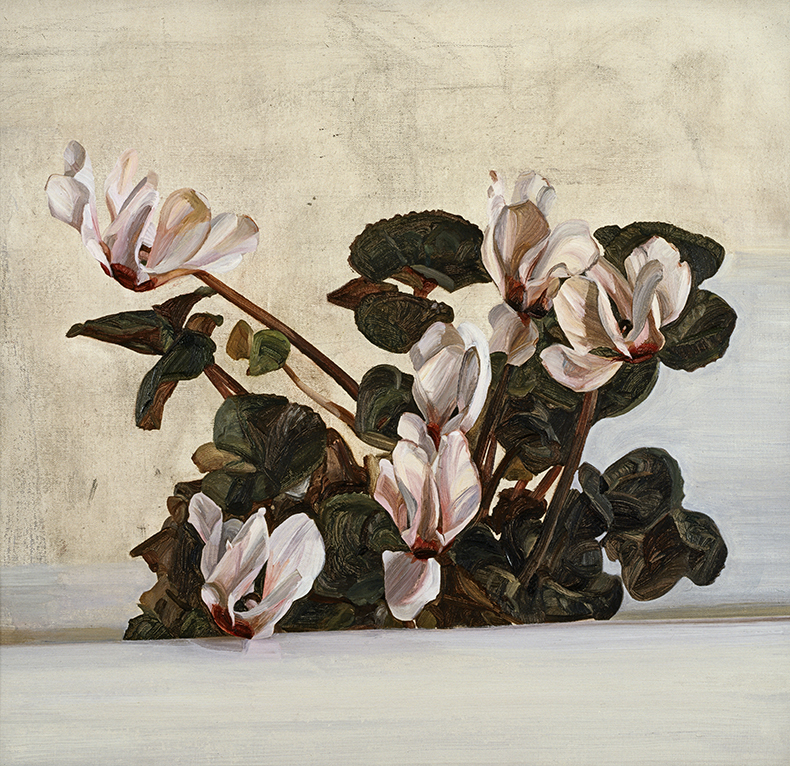
Cyclamen (1964), Lucian Freud. Private collection. © The Lucian Freud Archive/Bridgeman Images
Finally, an intriguing context in which to see Freud’s work is the museum dedicated to his grandfather Sigmund. The small selection of pictures at the Freud Museum (until 29 January), highlights of which include an unusually spare drawing of Ernst Freud from 1965–66 and a bruising portrait of Freud’s son Ali from 1999, focuses on Freud’s complicated family relations rather than on the application of psychoanalytic thought to his art. But what better way to be reminded of that crucial element of Freud’s work – sustained attention to the individual subject – that links his pictures to his grandfather’s practice?
Some might ask whether we need so much Freud. These exhibitions come not long after the Royal Academy’s exhibition of self-portraits in 2019–20, and there has been a slew of books about him published in the last decade. But perhaps it is not surprising, in an age when art is dominated by ideas, that an artist who concentrated so fiercely on human beings – and the occasional cyclamen – should remain stubbornly popular.
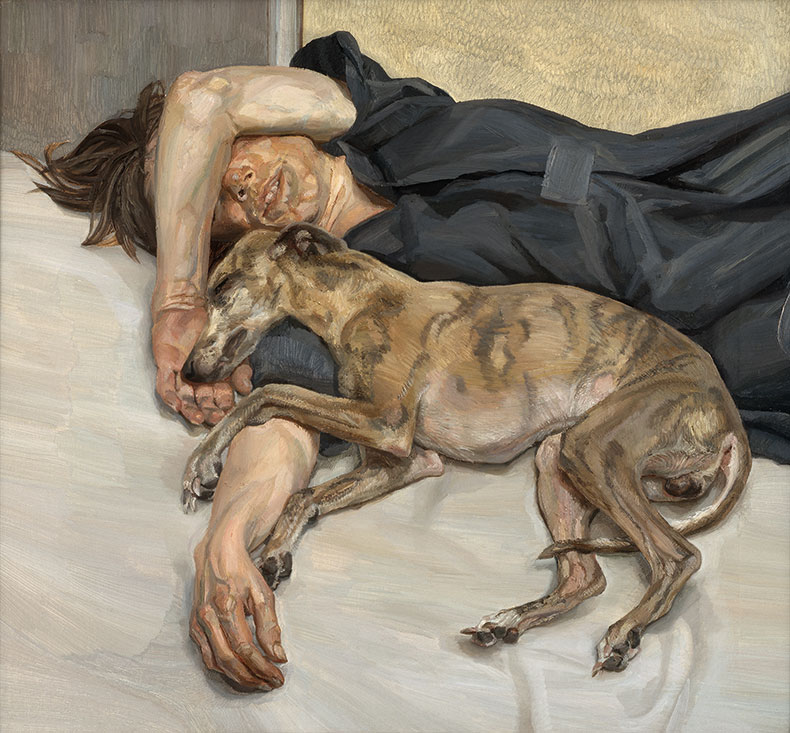
Double Portrait (1985–86), Lucian Freud. Photo: © The Lucian Freud Archive. All Rights Reserved 2022/Bridgeman Images
‘Lucian Freud: New Perspectives’ is at the National Gallery, London, until 22 January 2023; ‘Lucian Freud: Plant Portraits’ is at the Garden Museum, London until 5 March 2023; ‘Lucian Freud: The Painter and his Family’ is at the Freud Museum, London, until 29 January 2023.
From the January 2023 issue of Apollo. Preview and subscribe here.
Unlimited access from just $16 every 3 months
Subscribe to get unlimited and exclusive access to the top art stories, interviews and exhibition reviews.

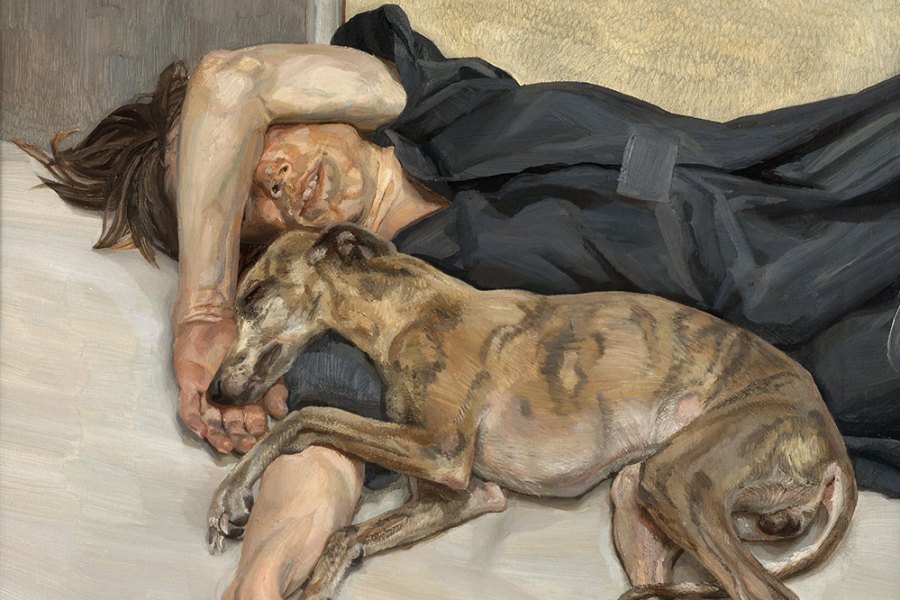
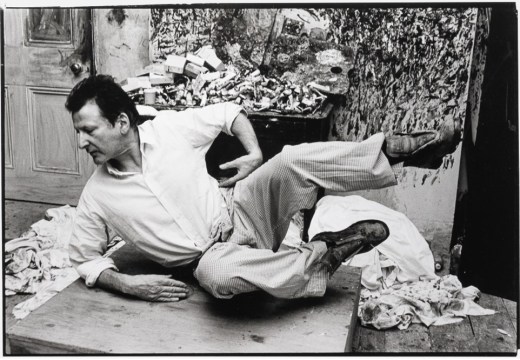
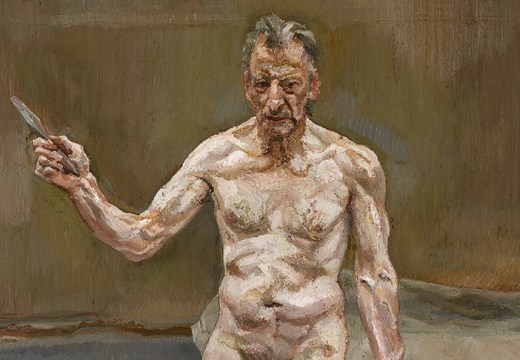
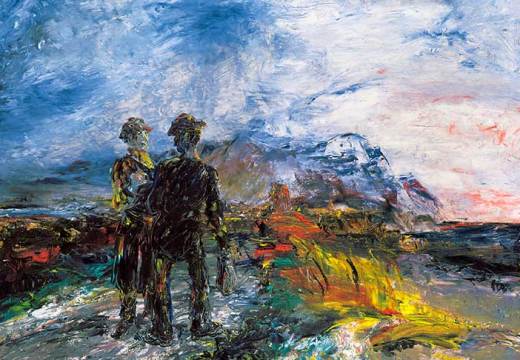









![Masterpiece [Re]discovery 2022. Photo: Ben Fisher Photography, courtesy of Masterpiece London](http://www.apollo-magazine.com/wp-content/uploads/2022/07/MPL2022_4263.jpg)
It’s time for the government of London to return to its rightful home